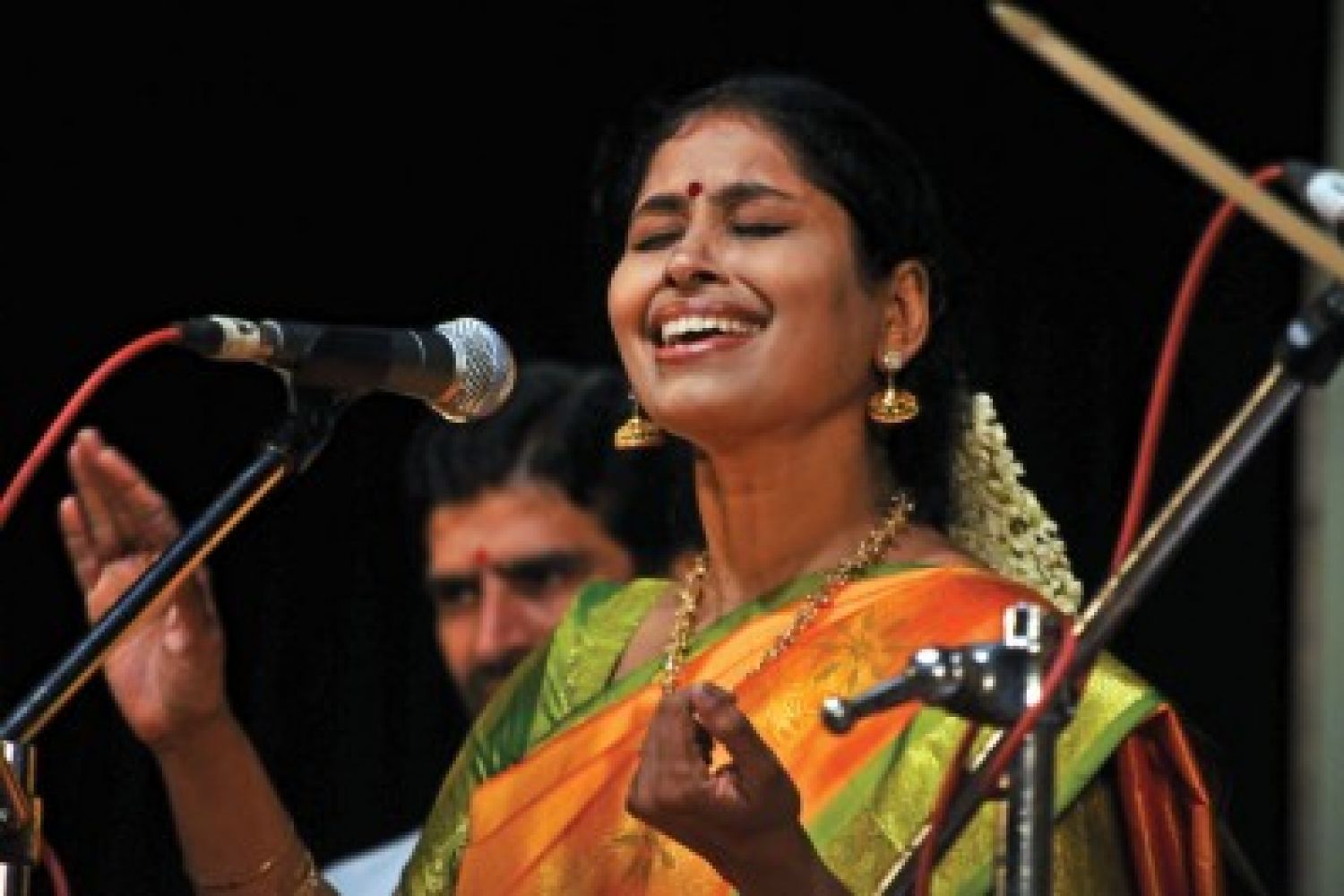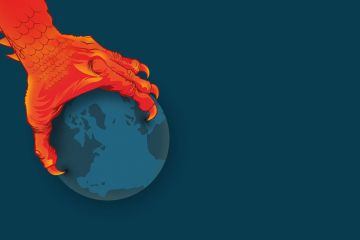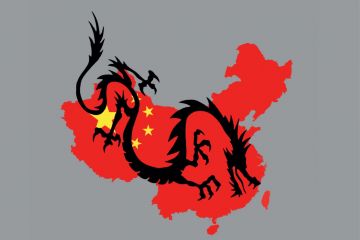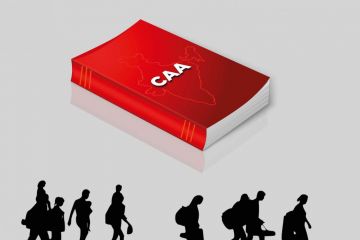
Come December, you can
hear the sound of music wherever you go in southern Chennai. The cool air of
the Tamil month of Margazhi is thick with it from the early hours of the day
around the Kapaleeswarar temple in Mylapore, with Margazhi bhajans.
A group of devotees go round the temple singing devotional songs, a tradition
started by the revered music composer Papanasam Sivan.
Temples reverberate
with the choral singing of Thiruppavai and Thiruvembavai:
devotional Tami





